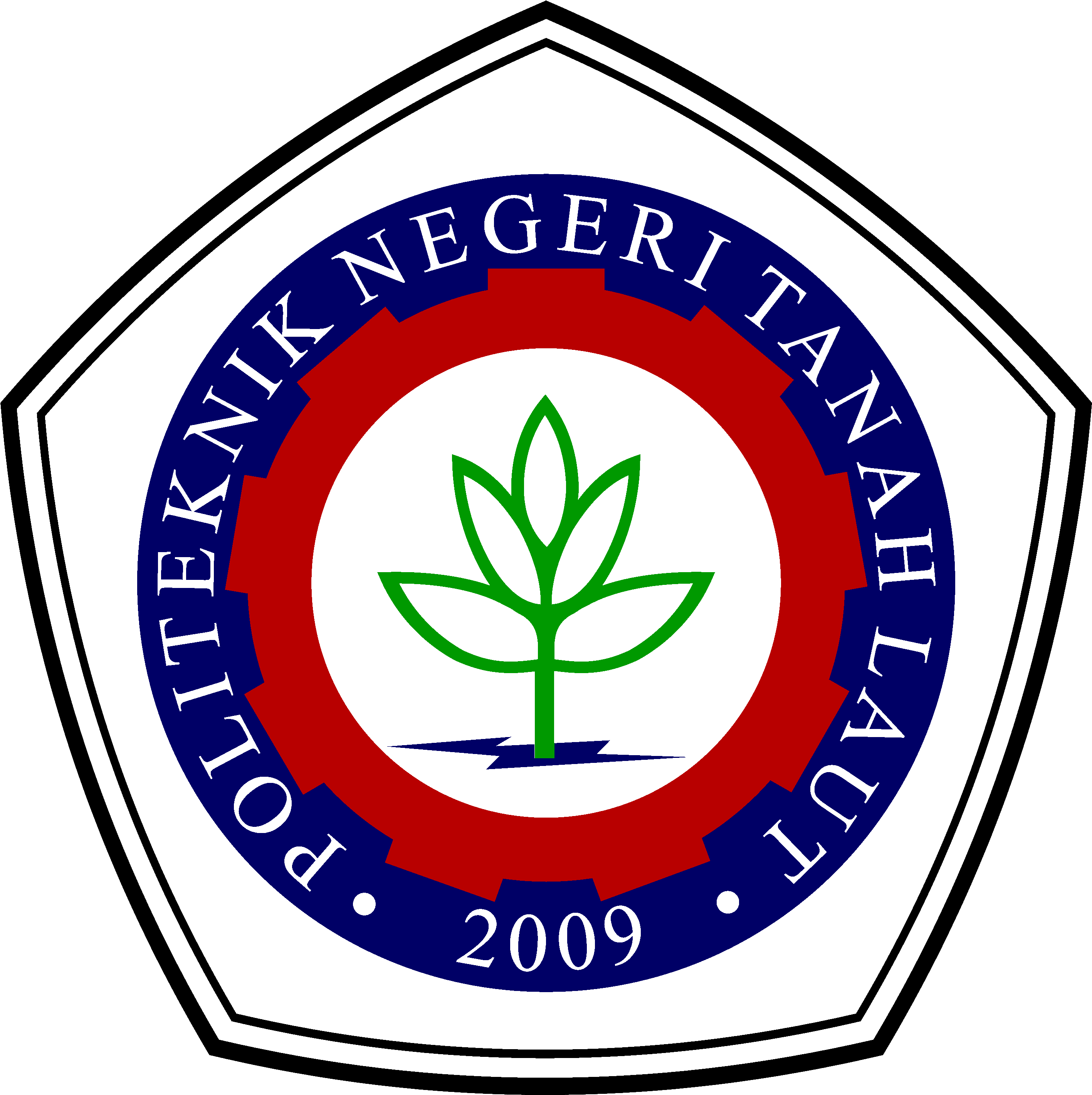ANALYSIS OF WELDING A COMBINATION OF GMAW AND FCAW ON ASTM A36 STEEL ON MECHANICAL PROPERTIES
DOI:
https://doi.org/10.34128/je.v11i1.278Keywords:
A36 steel, Fcaw, Gmaw, Bending test, Combination weldingAbstract
A36 steel as raw material for heavy equipment attachments, such as blades and buckets. Gas Metal Arc Welding (GMAW) and Flux-Cored Arc Welding (FCAW) are used for the connection. High heat input and weld metal protection mechanisms are suitable for joining thick plates, however, in the field, malfunctions were found due to damage to the weld joint. To overcome this problem, research was carried out on two welding techniques to obtain optimal joint strength values. The research uses GMAW, FCAW and combination welding to join A36 steel with a V-beam angle of 60°. On the welding results, Magnetic Particle Inspection (MPI) and bending tests will be carried out. MPI testing states combination welding meets the requirements of the AWS1015 standard. The highest bending strength in FCAW welding was 160,419 MPa and the lowest in GMAW was 71,724 MPa, while combination welding was 113,312 MPa. The difference in value is influenced by the phases formed from each welding method visible in the microphotographs in the weld metal, HAZ and base metal areas.
References
P. Hariprasath, P. Sivaraj, V. Balasubramanian, S. Pilli, and K. Sridhar, “Effect of the welding technique on mechanical properties and metallurgical characteristics of the naval grade high strength low alloy steel joints produced by SMAW and GMAW,” CIRP Journal of Manufacturing Science and Technology, vol. 37, pp. 584–595, May 2022, doi: 10.1016/J.CIRPJ.2022.03.007.
H. Pratikno, N. A. Pahlawan, and W. L. Dhanista, “Comparative Analysis of FCAW, and GMAW Welding With Heat Input Variations on A36 Steel Against Vickers Hardness Test and Macrostructure,” International Journal of Offshore and Coastal Engineering (IJOCE), vol. 5, no. 2, pp. 59–61, Nov. 2021, doi: 10.12962/J2580-0914.V4I4.10931.
B. K. Khamari, S. S. Dash, S. K. Karak, and B. B. Biswal, “Effect of welding parameters on mechanical and microstructural properties of GMAW and SMAW mild steel joints,” Ironmaking & Steelmaking, vol. 47, no. 8, pp. 844–851, Sep. 2020, doi: 10.1080/03019233.2019.1623592.
D. Zulrahman, A. S. Nurrohkayati, P. Studi, T. Mesin, U. Muhammadiyah, and K. Timur, “The Effect Of Welding Current And Electrodes On The Results Of AISI 1045 Steel Welding Strength By Impact Testing,” Procedia of Engineering and Life Science, vol. 3, Dec. 2022, doi: 10.21070/PELS.V3I0.1330.
A. Setiawan, K. Witono, and N. Diterima, “Pengaruh Temperatur Pelat-Landasan Pada Jig Hot-Gas Welding Dan Sudut V-Groove Terhadap Kekuatan Tarik Sambungan Las Hdpe Sheet,” Jurnal Energi dan Teknologi Manufaktur (JETM), vol. 5, no. 1, pp. 1–6, Jun. 2022, doi: 10.33795/JETM.V5I01.116.
A. Waqas, X. Qin, J. Xiong, H. Wang, and C. Zheng, “Optimization of Process Parameters to Improve the Effective Area of Deposition in GMAW-Based Additive Manufacturing and its Mechanical and Microstructural Analysis,” Metals 2019, Vol. 9, Page 775, vol. 9, no. 7, p. 775, Jul. 2019, doi: 10.3390/MET9070775.
S. Desmon, I. Nugraha, and R. Dewi, “Analisa Pengaruh Variasi Arus Pengelasan Kombinasi Smaw Dan Gtaw Terhadap Pengujian Kekerasan, Kekuatan Impak Serta Pengamatan Struktur Mikro Pada Baja Jis Ss400,” AME (Aplikasi Mekanika dan Energi): Jurnal Ilmiah Teknik Mesin, vol. 8, no. 2, pp. 78–85, Aug. 2022, doi: 10.32832/AME.V8I2.4222.
H. Helanianto, E. Epriyandi, and H. Rahmadi, “Pengaruh Variasi Arus Pengelasan Smaw Terhadap Kekerasan Logam Induk Dan Logam Las,” ELEMEN : JURNAL TEKNIK MESIN, vol. 7, no. 2, pp. 138–147, Dec. 2020, doi: 10.34128/JE.V7I2.148.
H. Pratikno, A. Husin Baredwan, and W. L. Dhanistha, “Effect of Preheating Process and V Groove Type on the Tensile and Metallography Test of ASTM A53 with A36 Weld Joint Using FCAW Method,” International Journal of Offshore and Coastal Engineering (IJOCE), vol. 6, no. 2, pp. 40–45, Nov. 2021, doi: 10.12962/J25800914.V6I2.14769.
W. R. Prahara and M. N. Ilman, “Dampak Variasi Kecepatan Pengelasan Terhadap Kekerasan HAZ pada Pengelasan In-Service Sleeve Metode FCAW dan Pipa API 5L Grade B serta Batasan Aman Terhadap Risiko Hydrogen Cracking,” Jurnal Teknologi dan Manajemen, vol. 3, no. 1, pp. 1–12, Feb. 2022, doi: 10.31284/j.jtm.2022.v3i1.2938.
H. Isworo, R. Subagyo, and R. N. Hidayah, “Pengaruh Variasi Temperatur Preheating Dan Kuat Arus Terhadap Uji Kekerasan Dan Struktur Mikro Hasil Pengelasan Smaw Baja,” ELEMEN : JURNAL TEKNIK MESIN, vol. 8, no. 2, pp. 141–148, 2021, doi: 10.34128/JE.V8I2.172.
A. Ardi, M. H. Asri, and M. Mardin, “Analisis Pengaruh Variasi Bentuk Sambungan Terhadap Karakteristik Mekanis Baja Karbon Rendah Hasil Pengelasan SMAW Dan GTAW,” Innovative: Journal Of Social Science Research, vol. 4, no. 1, pp. 12201–12219, Feb. 2024, doi: 10.31004/INNOVATIVE.V4I1.9002.
Y. R. Pratiwi and S. S. Wibowo, “Kombinasi Proses Pengelasan Dalam Variasi Sudut Terhadap Sudut Distorsi Dan Kekerasan Hasil Pengelasan,” Briliant: Jurnal Riset dan Konseptual, vol. 4, no. 3, pp. 352–358, Aug. 2019, doi: 10.28926/BRILIANT.V4I3.354.
S. Desmon, I. Nugraha, and R. Dewi, “Analisa Pengaruh Variasi Arus Pengelasan Kombinasi Smaw Dan Gtaw Terhadap Pengujian Kekerasan, Kekuatan Impak Serta Pengamatan Struktur Mikro Pada Baja Jis Ss400,” AME (Aplikasi Mekanika dan Energi): Jurnal Ilmiah Teknik Mesin, vol. 8, no. 2, pp. 78–85, Aug. 2022, doi: 10.32832/AME.V8I2.4222.
J. Putra et al., “Kajian Kuat Tarik Baja Pada Profil Berlubang Yang Diisi Dengan Pengelasan Fcaw (Flux Core Arc Welding),” Jurnal Darma Agung, vol. 31, no. 6, pp. 294–303, Dec. 2023, doi: 10.46930/OJSUDA.V31I6.3927.
Downloads
Published
How to Cite
Issue
Section
License
Copyright (c) 2024 ELEMEN : JURNAL TEKNIK MESIN

This work is licensed under a Creative Commons Attribution 4.0 International License.




